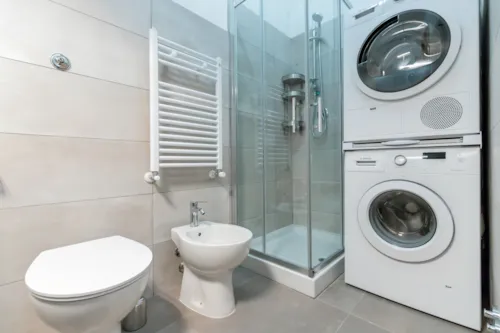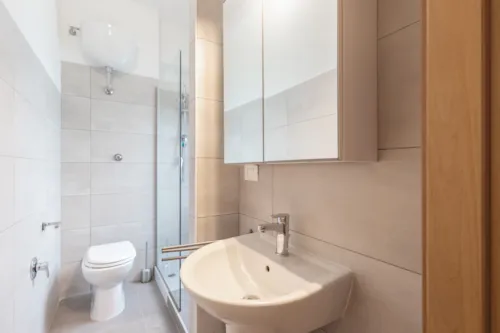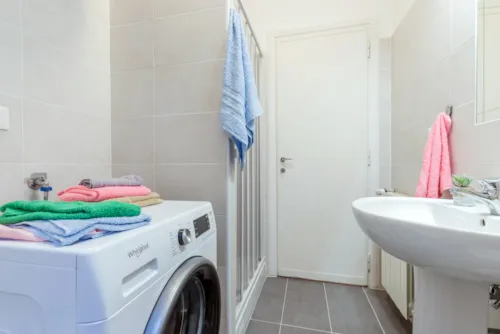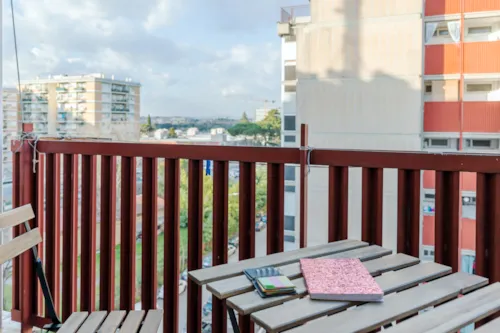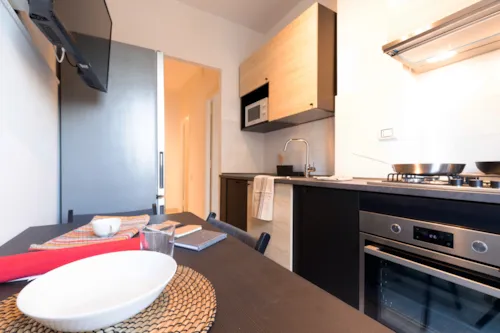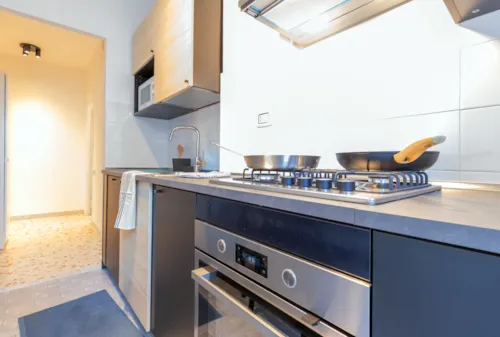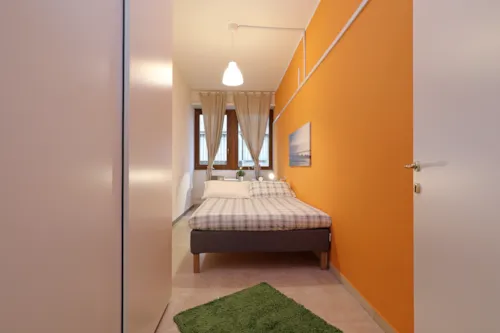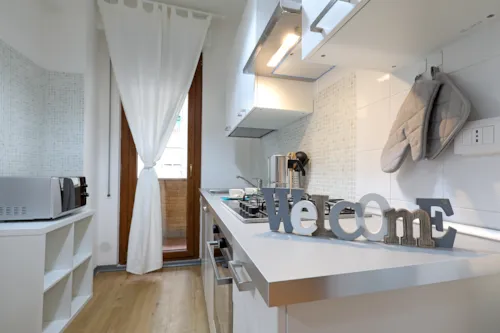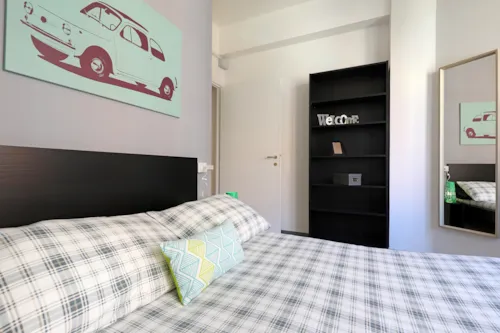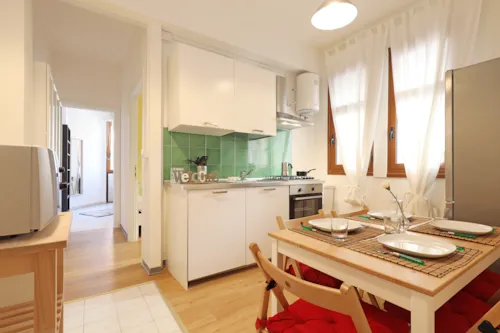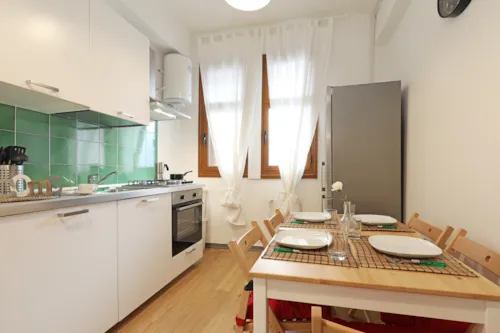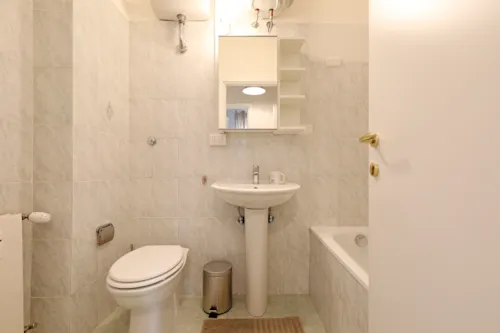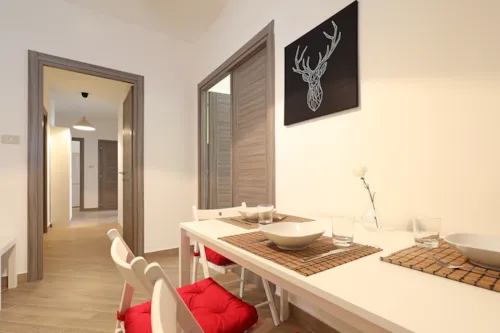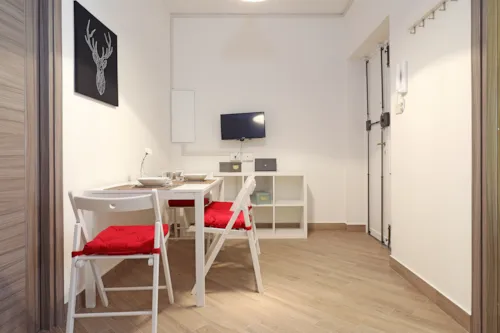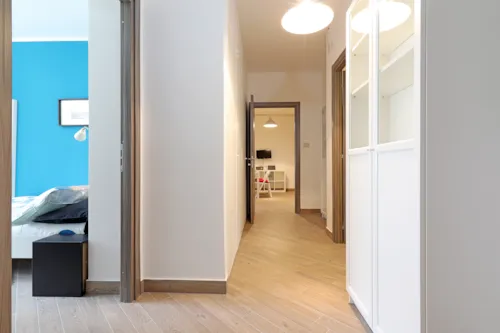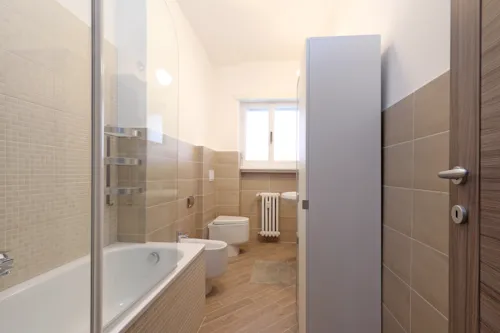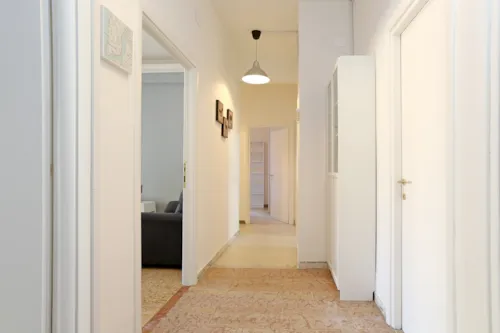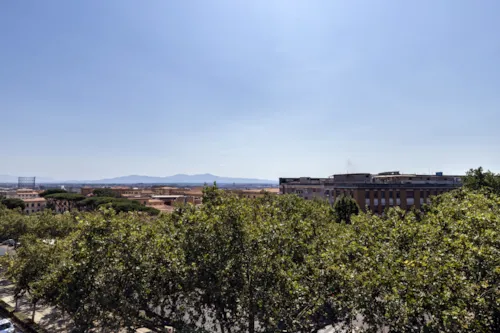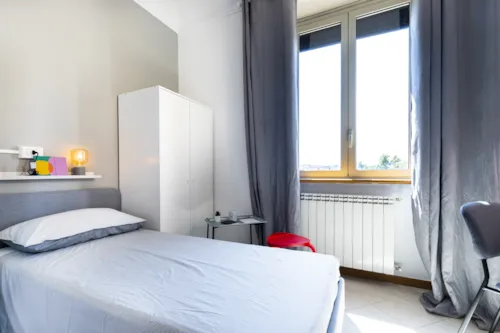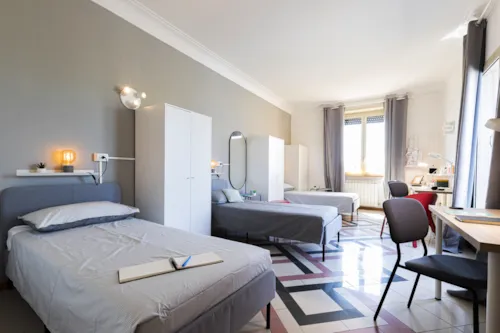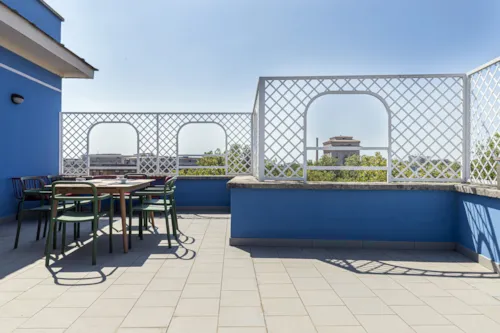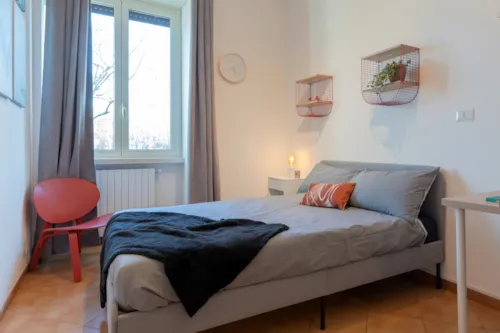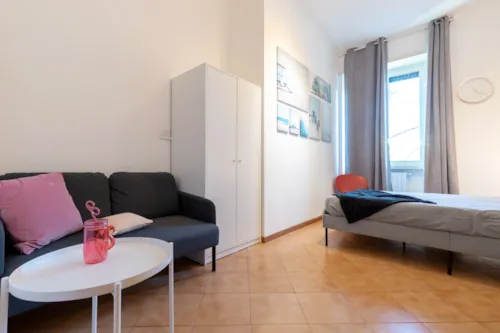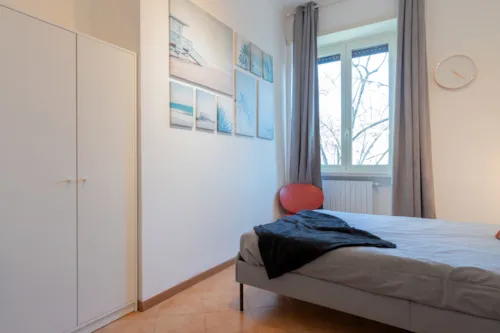
San Giovanni
Known as San Giovanni, the ninth district of Rome (Q. IX) whose official name is Appio-Latino, is today experiencing a period of urban expansion. The district is located in the south-east of Rome and borders the Rione Monti and the Tuscolano, Appio-Pignatelli, Ardeatino and Celio districts. The origins of this area date back to Roman times and that is also where the reason for its name comes from, from the Via Appia Antica and Via Latina, which have always been axes of territorial connection.
The first news about this area, however, dates back to the Renaissance period and is attested by the presence of many points of historical and artistic interest. For instance, in Piazza San Giovanni in Laterano there are the Basilica of the same name and the Lateran Palace. The square is connected to the Colosseum by Via San Giovanni in Laterano, which passes through the Monti district and is now also known as the capital's gay street.
It is a great area to stay in because it is conveniently located and perfectly connected. In fact, it allows you to quickly reach the city centre by metro line A, of which there are several stops, one right in Piazza Re di Roma.
San Giovanni is an area full of green areas that make it pleasant and liveable, which is why it is also chosen by residents to spend their free time relaxing and playing sports.

We have no availability in this neighborhood
What to see and do
The district of San Giovanni is definitely reawakening thanks to the development process involving it. Despite the air of modernity, it is a historical area of Rome with wonderful ancient monuments and buildings.
Definitely worth seeing is the Basilica of San Giovanni in Laterano, which is located in the square of the same name and stands on the Celio hill. It is also called the Cathedral of Rome and is the oldest and most important in the entire West. In addition to the basilica, there is a very large surrounding architectural complex that includes the Pontifical Lateran Palace, the Canons' Palace, the Pontifical Roman Major Seminary, and the Pontifical Lateran University.
The interior of the basilica is also of remarkable beauty, the floor is made of precious marble. In addition, you can admire Giotto's fresco of Pope Boniface VIII and Bernini's impressive nave with the 12 statues of the Apostles.
The basilica also houses the precious chapel of the Popes, known as the Sancta Sanctorum, which houses relics considered important by the Catholic Church. To get to the chapel, one must walk up the Scala Santa (Holy Stairs), consisting of 28 marble steps.


Continuing the cultural-historical route, other must-sees in San Giovanni are the Basilica of Santa Croce in Gerusalemme, famous for the Relics of the Passion of Christ, and the Basilica of San Clemente.
Another characteristic of this district is the presence of green areas, places where you can spend peaceful moments of peace and take a break from the bustling chaos of the capital. You can head for the Appia Antica Park, a protected park with archaeological ruins and cycle paths. This also includes the Valle della Caffarella, a valley of alluvial origin, which is still rich in water and springs. Another possibility is the Villa Lazzaroni Park, which houses the villa of the same name, as well as a playground, hearths, and a dog area.
Adjacent to San Giovanni is the Tuscolano district, which is very livable and another hub of archaeological sites and interesting monuments. Perfectly served but also connected to the centre by public transport. In fact, this is an area where many people choose to live and which, in recent times, has been embellished by street art works, especially in the neighbouring Quadraro district.
Where to eat and drink
There are not only churches and monuments, but also many restaurants in San Giovanni and a variety of venues offering options from breakfast to dinner and beyond.
If you are looking for a place to eat in San Giovanni, in the heart of the neighbourhood is Trattoria Sora Rosa, a typical Roman restaurant with homely flavours, generous portions and modest prices. Cocceria Romana, a traditional and very cosy trattoria, Osteria del Sole, where the pork stew is said to be amazing. Other rustic and traditional trattorias are: Trattoria Etruria, Trattoria L'Avvolgibile, Da Roberto e Loretta, Domenico dal 1969, a historic restaurant in Rome, Osteria 22quattro.
There are also restaurants for vegetarians or with solutions for non-meat eaters: Misticanza - Osteria della terra, Veg-Joy, which includes raw and completely vegan food, Prima la Materia, a take-away pizzeria with many vegetarian choices.
Moving on to pizzerias in San Giovanni, we recommend a few, but remember that food is an art in Rome, and you will find quality cuisine on every corner. Da Sbanco, pizzas made to measure, so it is the customer who chooses the size, and combine them with craft beers. Pinseria la Sfiziosa, where you can taste the pinsa romana, light, crispy and tasty, another option is at Piotto Appio Latino. La Pizza a Casa di Enzo Schiavello, an easy-going eatery that also offers Calabrian delicacies.


Aperitif time coming up? Don't worry, here are some cocktail bars and pubs to go to: John Cabot Pub, burgers, and beer galore, Pirates, a place with pirate symbols, a wide choice of beers and delicacies. La Quercia Vineria, a wine bar that also offers spritzes and cocktails, QIX drink bar, an informal place to drink and eat some snacks. If you prefer an aperitif in an elegant venue, you should drop by Rebacco or Remigio Champagne e Vino.
Another flagship in the area is Pompi, in Piazza Re di Roma, where you will eat Mr Tiramisù.
When you run out of milk and biscuits at home, or whatever you're eating, here's where you can have a great breakfast in San Giovanni: Le Foodie Café Bistrot, Caffè Valentini di Felli, Conrnettoland, a name a guarantee, Millefoglie, and Napoleoni Gluten Free, a bar, ice-cream parlour and pastry shop that has a line dedicated to coeliacs, both sweet and savoury.

Where to go shopping
The district of San Giovanni also offers the possibility of shopping at more affordable prices than the more central areas of Rome.
Starting from the San Giovanni metro stop and proceeding along Via Appia Nuova you will find many shops, both for men and women, for clothing, underwear, footwear, bags, accessories, jewellery, household items and so on.
The area is also stocked with supermarkets, grocery shops, pharmacies, and personal service shops. In short, everything you might need while living in this neighbourhood.
Another landmark in the area is the Mercato di via Sannio, dedicated to clothing and open every morning except Sunday. Here you can find new, vintage, and second-hand clothes, as well as shoes, bags, and gifts at very low prices.
The adjacent Tuscolano district also offers various shopping opportunities. The modern Via Tuscolana, especially the stretch between Porta Furba and Subaugusta, is a shopping hub. You will find more or less luxury brands, independent shops, and national and international chains of all kinds.
The whole area is also good for the rental market, both for the somewhat lower costs compared to other areas of the city and for the human scale of these neighbourhoods. All this without sacrificing proximity to the Centre and its wonders.

Some questions?
Have more questions?
